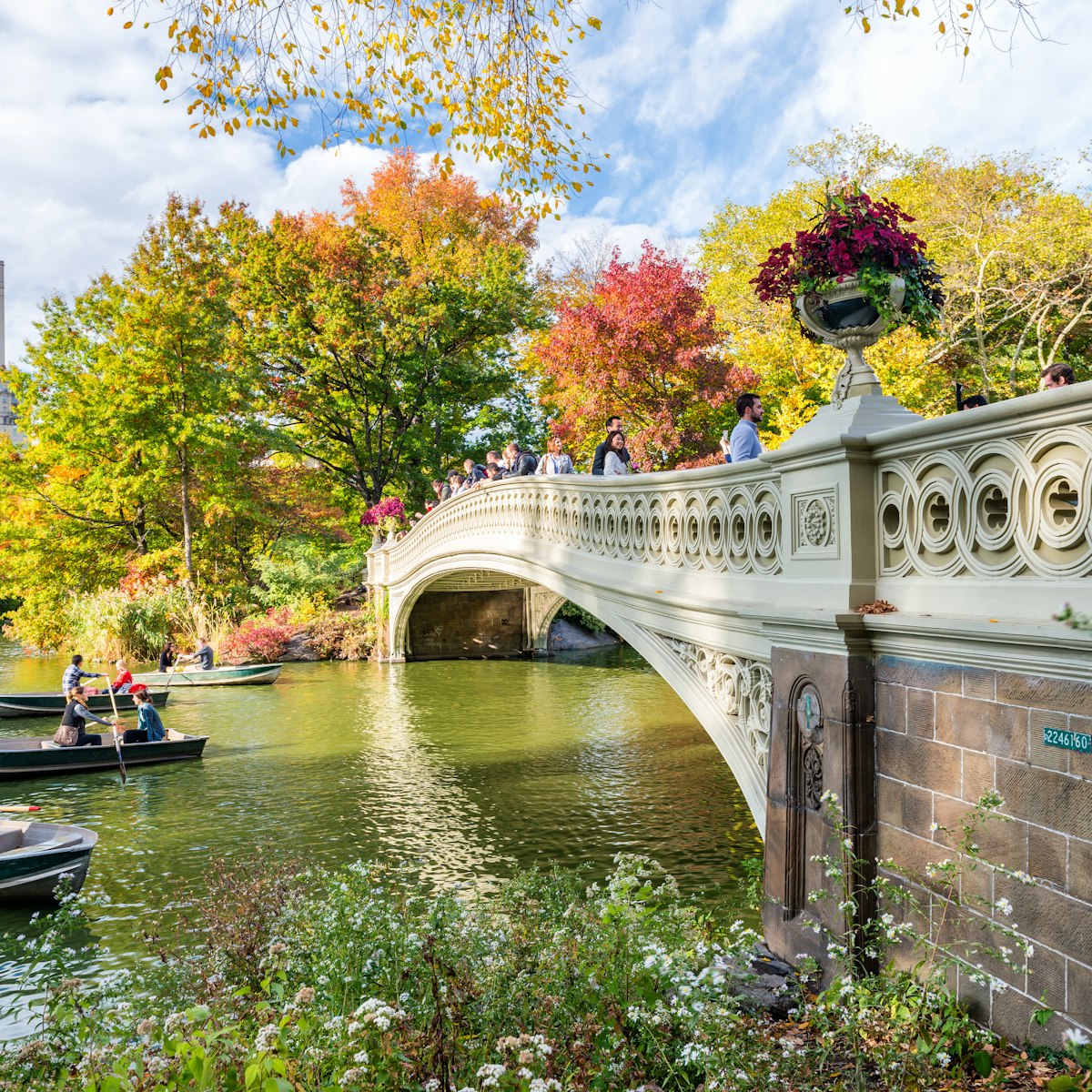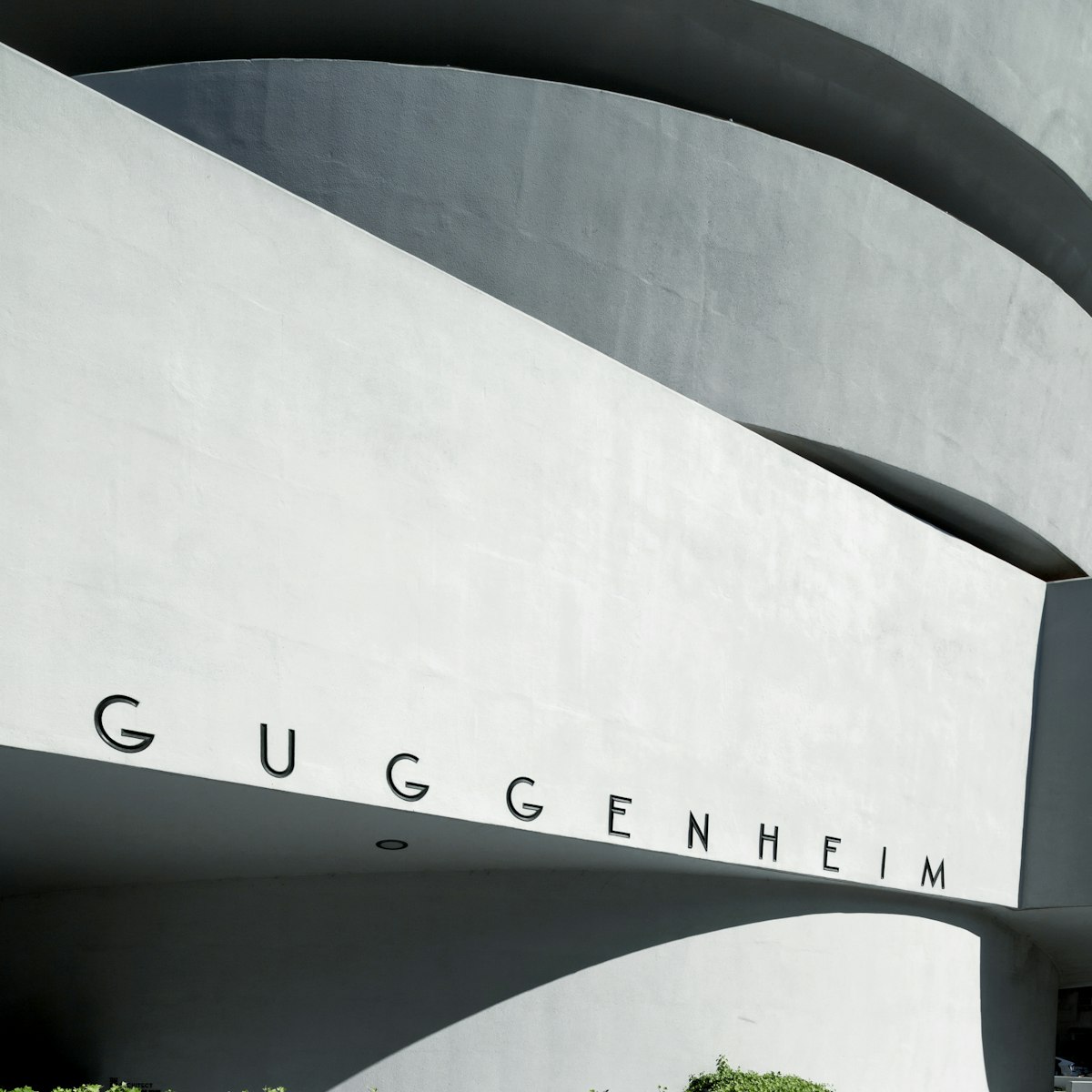With its striking triangular-cut roof and candy-like striped facade, Hugh Stubbins' 59-story Citigroup Center signaled a shift from the flat-roof sobriety of the international style. Even more dramatic is the building's base, which is cut away at the four corners, leaving the tower to perch dramatically on nine-story stilts. This unusual configuration allowed for the construction of St Peter's Lutheran Church on the site's northwest corner, which replaced the original neo-Gothic church demolished during the skyscraper's construction.
What even many New Yorkers don't know is that the Citigroup Center nearly became a tragic cautionary tale when an undergraduate architecture student doing her thesis on its construction realized that a glaring design flaw had escaped the engineers' calculations – if a powerful-enough storm hit NYC, the wind stress on the building's corners could bring the entire thing toppling down, potentially destroying a dozen blocks of Manhattan and killing thousands. She notified the office of the chief engineer, who realized she was right and immediately began a weeks-long stealth repair job, with workers welding all through night even as a hurricane raced up the eastern seaboard towards the city. The whole amazing story can be heard on the excellent design podcast 99% Invisible.







